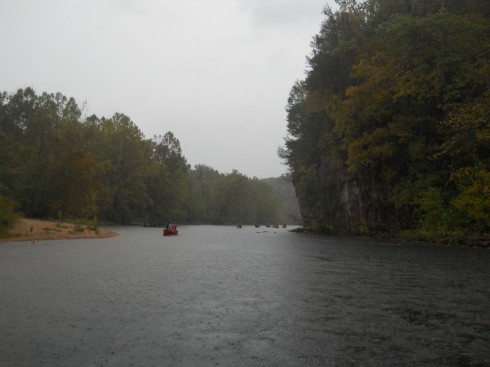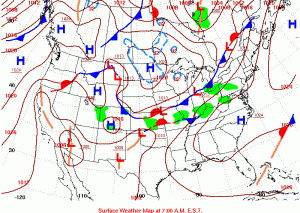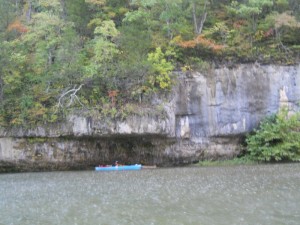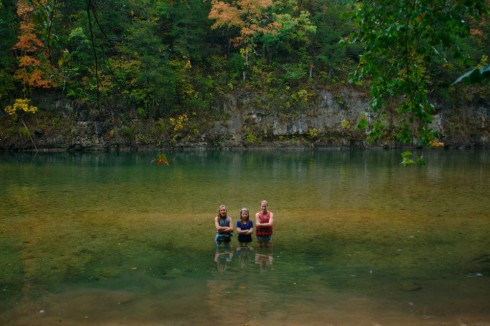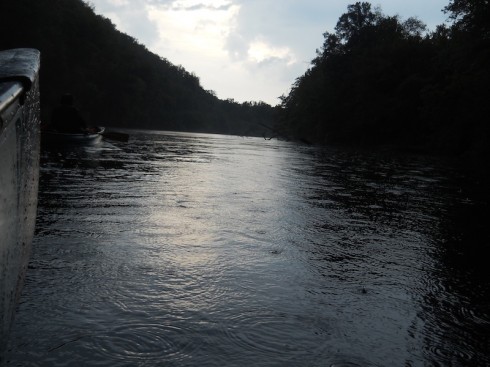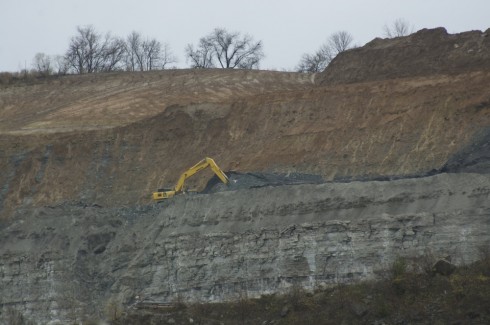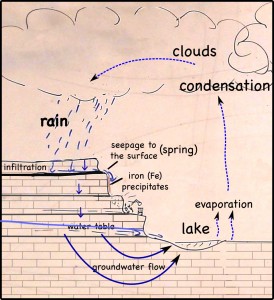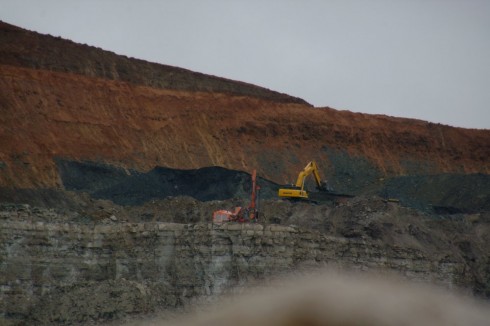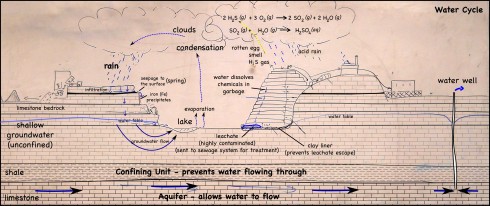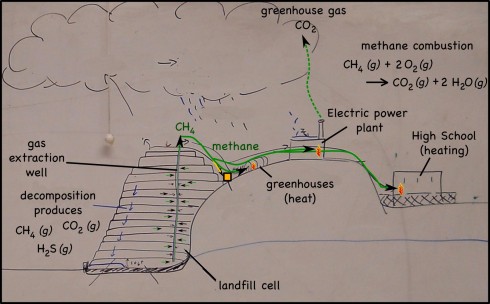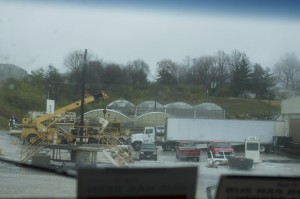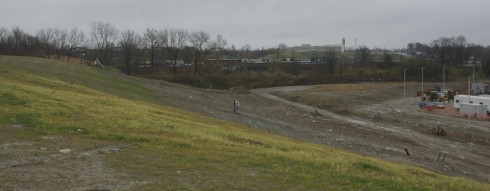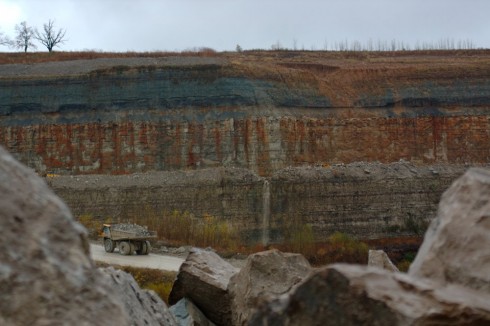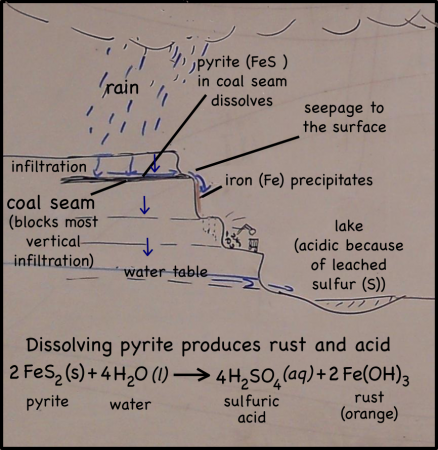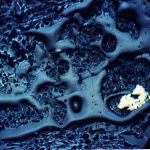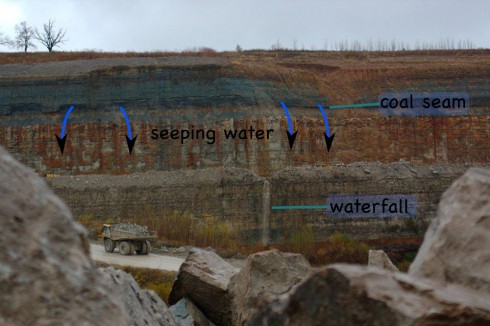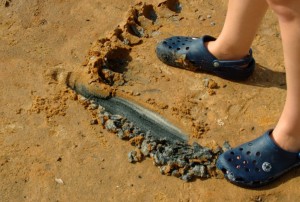
The middle school has been studying The Tempest over the last quarter. In order to give students a deeper connection with this Shakespearean play, we arranged for students to experience the titular meteorological phenomenon on our outdoor education trip last week. Since we’re located in the mid-continent, replicating the precise maritime conditions and acquiring the appropriate vessel would have been cost prohibitive. Instead, taking advantage of the local geography and socio-cultural predilections, we improvised by arranging for a series of thunderstorms during a canoe trip in the Ozarks.
In truth, the main purpose of our outdoor education trip was to integrate the upcoming 7th graders and new students into the middle school class. The key advantage of the multi-aged classroom is the opportunity for older students to mentor the younger students, and propagate the appropriate classroom culture and expectations from year to year. But for this to work well requires students to develop strong working relationships and communication skills. The isolation of the trip (no technology) and the coordination required for the tasks we perform (such as paddling a 2-person canoe) greatly facilitate this process.
Despite being drenched, chilled, and a little scared, the group’s performance was remarkable. They endured the worst of the storms, looking out for each other with encouraging words and heartening smiles. They found the strength within themselves as individuals and as a group to keep morale high while on the river. And, when we pulled over, were able to bask in the giddy relief that a good group feels after stressful situations. By the end, they had developed a genuine camaraderie forged by a shared, intense challenge.
P.S. We also did some rock climbing, caving, spent a night on a sandbar, journaled, and learned a bit about geology, hydrogeology, fish surveys, the rock cycle, and some vocabulary (“hubris” was a term, new to many, that was ably demonstrated by the pair who flipped their canoe).
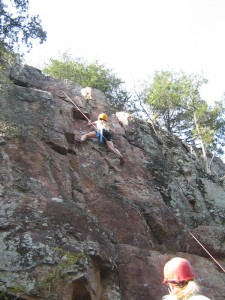
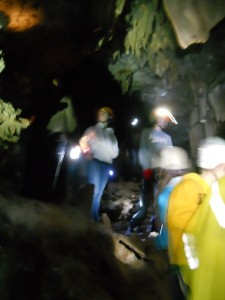
P.P.S. Our excellent, invaluable guides on the trip were from Discovery Ministries, which is a religious organization, but they do non-religious programs for groups like ours.
View Outdoor Ed. in Eminence MO. in a larger map
(From our Eminence Immersion)
